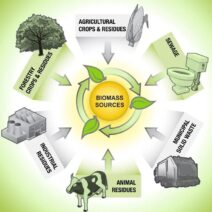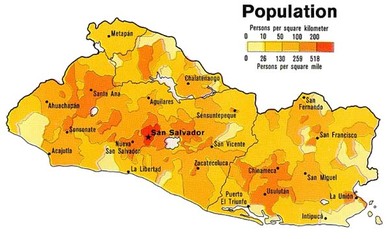El Salvador, a small yet vibrant country nestled in Central America, presents a diverse climatic tapestry shaped by its unique geographical features. This narrow strip of land, bordered by the Pacific Ocean to the south and flanked by mountains and volcanoes, experiences a range of climatic conditions that greatly influence its ecology, agriculture, and overall lifestyle of its inhabitants. Understanding the climate of El Salvador requires an exploration of its distinct zones characterized by volcanic heat and coastal rain.
The climate in El Salvador can predominantly be categorized into two main seasons: the dry season, known locally as ‘verano,’ and the wet season, or ‘invierno.’ El Salvador’s location near the equator means that temperature variations throughout the year are minimal. However, the country’s topography plays a crucial role in creating microclimates that greatly affect weather patterns.
In the coastal regions, the climate is typically tropical, with high humidity and average temperatures ranging from 77°F to 86°F (25°C to 30°C). The coastal areas benefit from the Pacific’s warm waters, which not only support a rich biodiversity but also contribute to significant rainfall during the wet season, especially from May to October. This period is characterized by heavy downpours, which can lead to flooding but are essential for replenishing the country’s water resources.
As one moves inland from the coast, the climate transitions due to the elevation changes created by the Sierra Madre mountain range. The valleys and hills exhibit a marked variation in climate conditions, with higher altitudes experiencing cooler temperatures. For example, in the central highlands, particularly in areas like Santa Ana and San Salvador, temperatures can range from 60°F to 75°F (15°C to 24°C) during the day, making these regions more temperate and conducive to agriculture. This climate supports the cultivation of various crops, including coffee, corn, and sugarcane.
The volcanic features of El Salvador, with its numerous active and dormant volcanoes, add an intriguing dimension to its climate. Volcanic heat emanating from the ground can create localized warm areas, affecting rainfall and temperature patterns. Soft winds carrying moisture from the Pacific Ocean collide with the elevated volcanic terrains, resulting in orographic rainfall. The western regions, particularly around the Izalco Volcano, receive significant precipitation, which contributes to lush vegetation and fertile soil, perfect for farming.
Additionally, volcanic soil, rich in minerals, enhances agricultural productivity, allowing for a diverse range of crops. Farmers benefit from these advantageous conditions, although they must also contend with the environmental challenges posed by volcanic activity, including ash fall and land degradation. This duality between climate benefits and volcanic risks showcases the intricate balance of nature in El Salvador.
The impact of climate change is increasingly evident in El Salvador, exacerbating the existing vulnerabilities associated with its geographical features. Rising sea levels threaten coastal communities and ecosystems, while erratic rainfall patterns disrupt traditional farming practices. The wet season is becoming increasingly unpredictable, often intensifying the risk of flooding, landslides, and other natural disasters that can devastate local economies and livelihoods.
In response to these challenges, El Salvador has embarked on various initiatives aimed at promoting sustainable practices. Reforestation, agroecology, and the promotion of climate-resilient crops are some strategies being implemented to mitigate the impacts of climate change. Local communities are being educated about the importance of biodiversity and ecosystem preservation, emphasizing conservation efforts that can bolster both environmental and economic resilience.
There is also a significant movement towards renewable energy, particularly solar and wind, as the country aims to reduce its dependence on fossil fuels. These initiatives reflect a growing recognition of the need for a shift towards sustainable development, where the climate is respected, and its natural resources are wisely managed for future generations.
Tourism plays an essential role in the economy of El Salvador. The juxtaposition of its volcanic landscapes and beautiful coastlines draws countless visitors each year. However, it is crucial for the tourism sector to align with sustainable practices to ensure that the environmental integrity of these regions is preserved. Eco-tourism initiatives, which promote awareness and conservation, can help protect the delicate ecosystems while providing economic benefits to local communities.
In conclusion, the climate in El Salvador is a fascinating interplay of volcanic heat and coastal rain, underscoring the importance of geographical factors in shaping the weather patterns experienced throughout the country. From the tropical lowlands to the temperate highlands, the diversity of climate influences agriculture, biodiversity, and livelihoods in profound ways. As the nation grapples with the impacts of climate change, a concerted effort toward sustainability and environmental stewardship emerges as imperative. By committing to ecological resilience and fostering a harmonious relationship with the earth, El Salvador can thrive amid the challenges posed by its unique climatic conditions.








